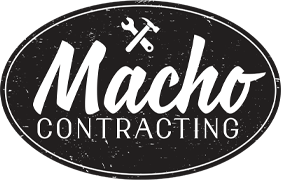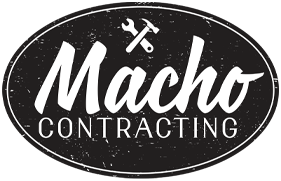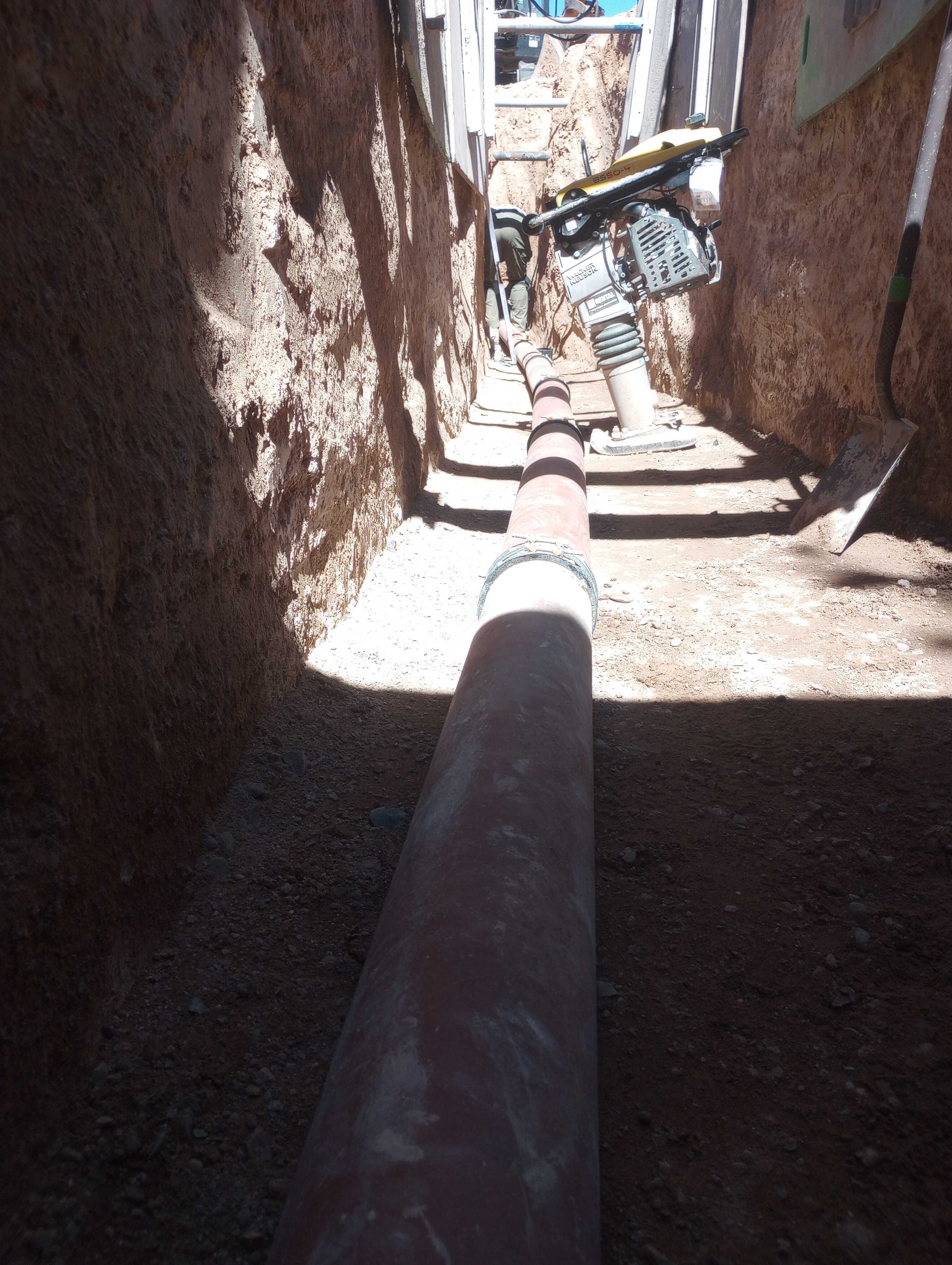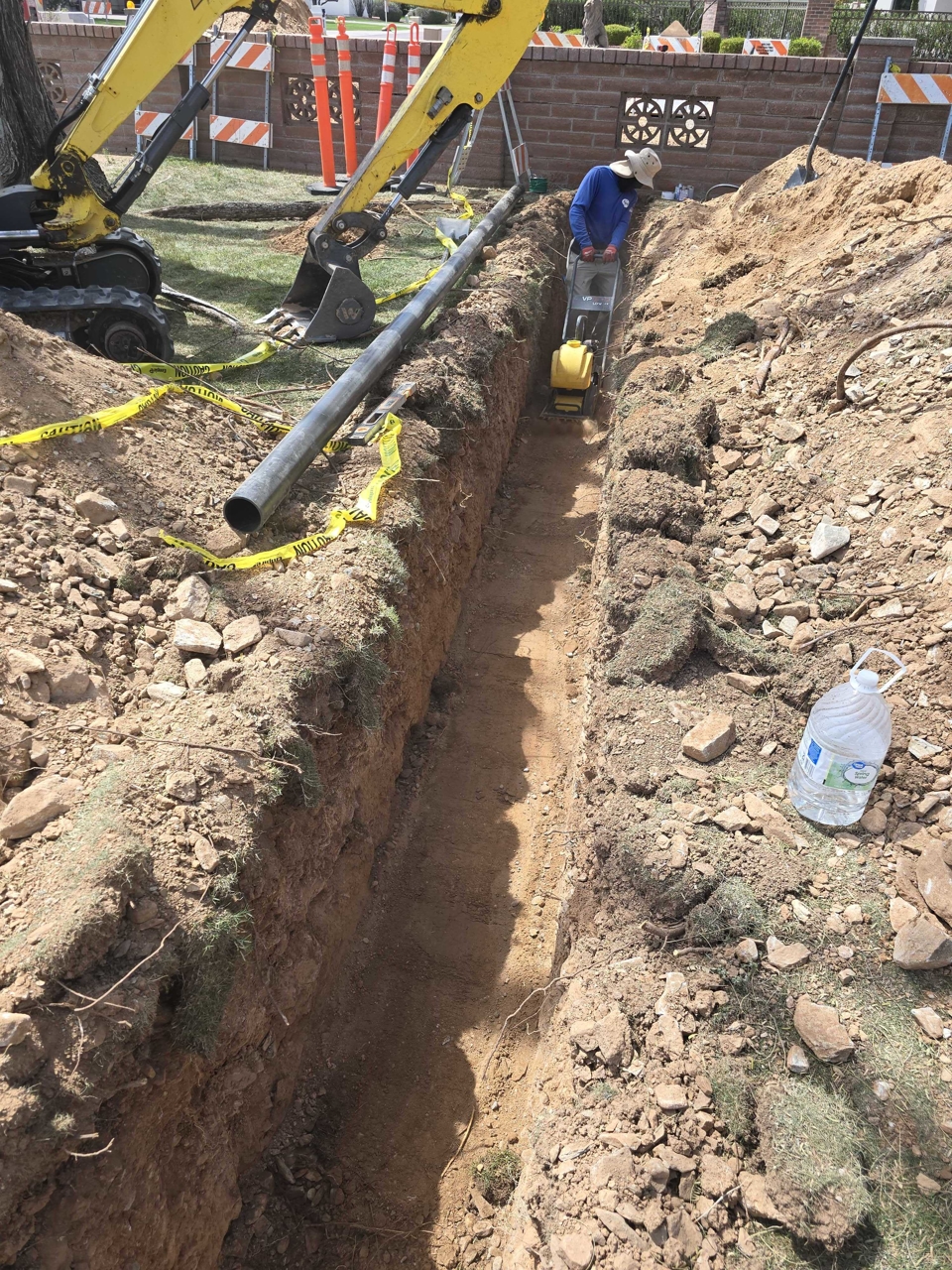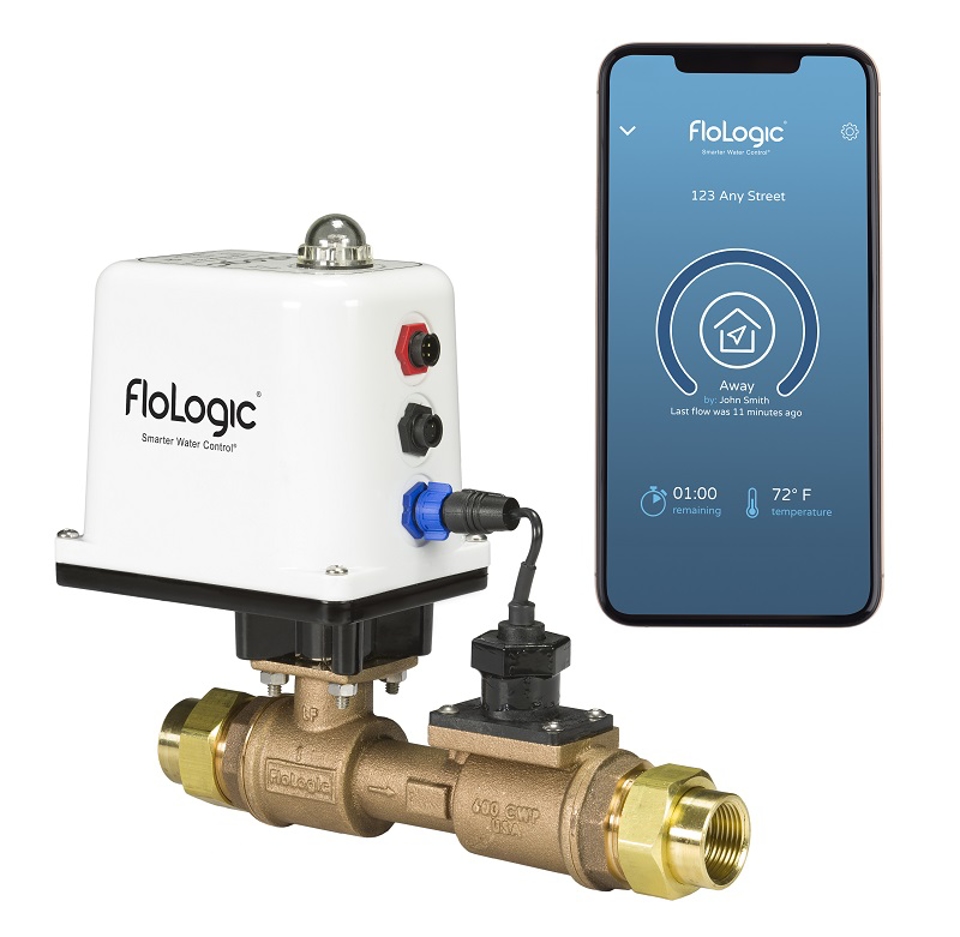Sewer taps and connections may not be the most glamorous topic, but they are the unsung heroes of our sanitation systems, ensuring that wastewater from our homes and properties is swiftly and efficiently dispatched. Let's dive into the world of sewer taps and connections, illuminating their significance, types, maintenance, and more.
Understanding Sewer Taps and Connections
What Exactly Are Sewer Taps?
Sewer taps, also known as sewer connections, serve as the gateway between your property's plumbing system and the larger public sewer or septic system. These underground junctions play a pivotal role in the management of wastewater, safeguarding the cleanliness of our living spaces.
The Inner Workings of Sewer Taps:
Sewer taps facilitate the smooth flow of wastewater from your property into the broader sewer or septic system. The connection point is meticulously sealed to prevent leaks and contamination, upholding sanitation standards.
Types of Sewer Taps and Connections
Public Sewer Connections:
In urban and suburban locales, properties are typically linked to municipal public sewer systems.Public sewer connections offer convenience and are generally low-maintenance, providing a straightforward avenue for wastewater disposal.
Septic System Connections:
In less densely populated or rural regions, properties often rely on septic systems for wastewater treatment. Septic systems grant property owners greater autonomy but necessitate regular maintenance to ensure efficiency.
The Vital Role of Maintenance and Proper Installation
The Significance of Professional Installation:
Expert installation of sewer taps is necessary to avert leaks, blockages, and contamination. Trained plumbers possess the knowledge and skills required for secure and code-compliant installations.
Routine Inspections:
Regular inspections are a shield against potential issues such as leaks or blockages, heading off costly complications. Inspection frequency varies based on the type of connection and local regulations, emphasizing the necessity of compliance.
Tackling Repairs and Replacements
Identifying Sewer Tap Problems:
Vigilance for signals like slow drains, sewage odors, or pooling water is essential. Timely response is crucial when problems arise, preventing escalation of issues.
The Call for Repair or Replacement:
Whether repair or replacement is needed depends on the specific problem's nature and extent. For sewer tap repairs or replacements, always engage professional assistance to guarantee accurate and compliant work.
Sewer taps and connections operate quietly behind the scenes, safeguarding the cleanliness of our living spaces. A grasp of how they function, their diverse types, and the importance of diligent maintenance can keep the flow of sanitation seamless. Whether linked to a public sewer or a septic system, the proper care and attention to sewer taps and connections are central to preserving a hygienic and efficient living environment.
